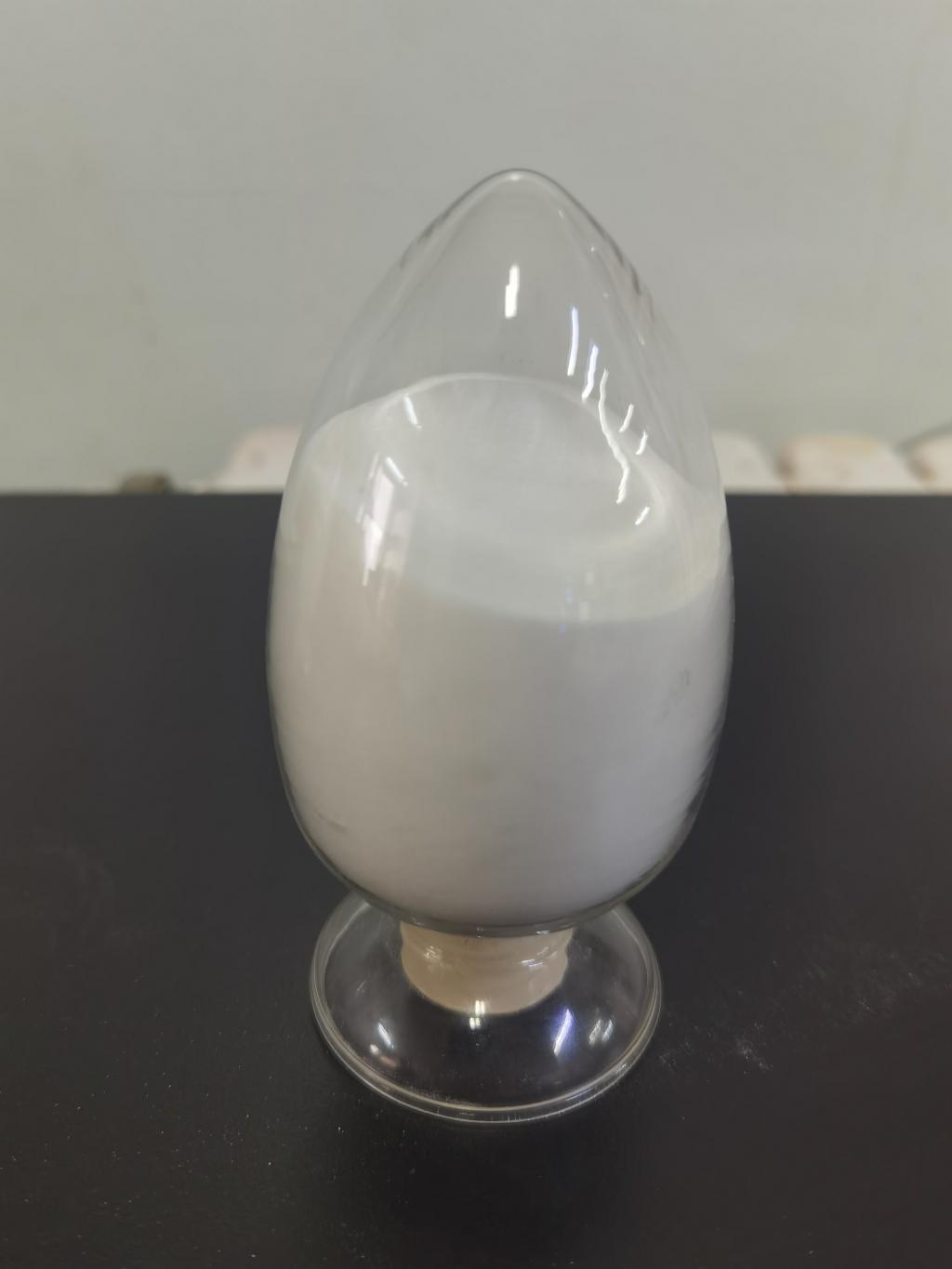Tel:+8618231198596

News
 CONTACT
CONTACT
 CONTACT
CONTACT
- Linkman:Linda Yao
- Tel: +8618231198596
- Email:linda.yao@dcpharma.cn
- Linkman:CHARLES.WANG
- Department:Overseas
- Tel: 0086 0311-85537378 0086 0311-85539701
News
Current Position:
Home >
News
>ε-Polylysine hydrochloride role in preventing biofilm formation on medical device.
ε-Polylysine hydrochloride role in preventing biofilm formation on medical device.
TIME:2024-03-18
Understanding Biofilm Formation on Medical Devices:
Biofilms are complex communities of microorganisms that adhere to surfaces and form protective matrices composed of extracellular polymeric substances (EPS). On medical devices such as catheters, implants, and prosthetic joints, biofilm formation can occur rapidly, leading to device colonization and persistent infections. Biofilms provide microorganisms with increased resistance to antibiotics and immune defenses, making them challenging to eradicate and increasing the risk of treatment failure and device-related complications.
The Challenge of Biofilm-Associated Infections:
Biofilm-associated infections are a significant concern in healthcare settings, leading to prolonged hospital stays, increased healthcare costs, and patient morbidity and mortality. Traditional approaches to treating biofilm infections, such as antibiotic therapy and device removal, are often ineffective and can exacerbate antimicrobial resistance. Preventing biofilm formation on medical devices is therefore essential for improving patient outcomes and reducing the burden of healthcare-associated infections.
Role of ε-Polylysine Hydrochloride in Biofilm Prevention:
ε-Polylysine hydrochloride has demonstrated antimicrobial activity against a wide range of microorganisms, including bacteria, fungi, and yeasts. Its cationic nature allows it to interact with microbial cell membranes, disrupting membrane integrity and leading to cell death. Moreover, ε-Polylysine hydrochloride can inhibit the initial attachment of microorganisms to surfaces, preventing biofilm formation and colonization. By interfering with biofilm development, ε-Polylysine hydrochloride helps maintain the integrity and safety of medical devices.
Applications in Medical Device Coatings:
One approach to incorporating ε-Polylysine hydrochloride into medical devices is through the development of antimicrobial coatings. These coatings can be applied to device surfaces to impart antimicrobial properties and prevent biofilm formation. Studies have shown that ε-Polylysine hydrochloride-coated surfaces exhibit reduced microbial adhesion and biofilm formation compared to untreated surfaces. Furthermore, ε-Polylysine hydrochloride coatings remain effective over time, providing durable protection against device-associated infections.
Safety and Biocompatibility Considerations:
An important aspect of using ε-Polylysine hydrochloride in medical devices is ensuring its safety and biocompatibility. Studies have demonstrated that ε-Polylysine hydrochloride is biodegradable, non-toxic, and compatible with mammalian cells, making it suitable for biomedical applications. Additionally, ε-Polylysine hydrochloride coatings have been shown to maintain their antimicrobial efficacy without causing adverse effects on surrounding tissues or host immune responses. These findings support the safe and effective use of ε-Polylysine hydrochloride in medical device coatings.
Future Directions and Challenges:
While ε-Polylysine hydrochloride shows promise for preventing biofilm formation on medical devices, several challenges must be addressed to facilitate its widespread adoption. These include optimizing coating formulations, ensuring long-term stability and efficacy, and addressing regulatory requirements for medical device coatings. Collaborative efforts between researchers, clinicians, and industry stakeholders will be essential to overcome these challenges and advance the development of ε-Polylysine hydrochloride-based coatings for medical devices.
Conclusion:
ε-Polylysine hydrochloride represents a promising solution for preventing biofilm formation on medical devices and enhancing device safety. Its antimicrobial properties and biocompatibility make it well-suited for incorporation into medical device coatings, where it can effectively inhibit microbial adhesion and biofilm formation. By addressing the challenge of biofilm-associated infections, ε-Polylysine hydrochloride contributes to improved patient outcomes and reduced healthcare-associated costs. Continued research and development efforts will further elucidate the potential of ε-Polylysine hydrochloride in medical device coatings and advance its translation into clinical practice.
- Tel:+8618231198596
- Whatsapp:18231198596
- Chat With Skype







